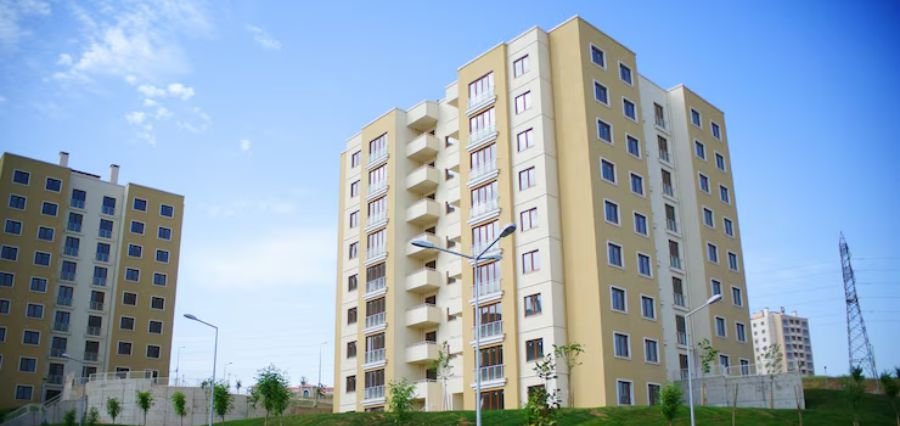What is a meaningful workplace? With the business environment today so fast-changing, it’s what everyone wishes to know. A meaningful workplace is that one in which the human resource feels valued, engaged, and connected to their job. It is one in which people thrive, both personally and professionally. Leaders play a huge role in building and sustaining such an environment. Their actions, attitudes, and decisions all have a bearing on workplace culture and the orientation of employees.
Understanding Meaningful Work
Meaningful work often relates to purpose and outcome. If employees consider that the work they perform contributes to a bigger goal or perhaps a mission, they find it much more motive-boosting and committed. Actually, Gallup researches indicate that only 15% of workers worldwide report being “engaged” at work. One could say that this really underlines the importance for leaders to encourage an environment which makes employees find meaningful roles.
This sense of purpose can, therefore, be fostered through leadership if the leader can illustrate, clearly and effectively, how the organization operates and what it stands for. When employees understand how the organization makes a difference in its goals, then they are better connected to the work tasks at hand. For example, when a leader narrates success stories of how the efforts of the team have positively contributed toward the customers as well as the community, employees are better placed to understand the significance of their contribution.
Trust as the Foundation of All Meaningful Workplace
People can only be able to open up what they have in their minds when they feel safe and supported at the workplace. Building trust can be achieved through open communication by the leaders, where vulnerability is shown and active listening of the team members’ inputs. The Institute for Corporate Productivity documents that organizations with high levels of trust experience 50 percent greater employee engagement.
Open communication creates a friendly atmosphere where the employees will be free to open up on their feelings without fear of judgment. Leaders who ask for feedback do not only show that they care about what their team has to say but also have the space to change. Through frequent check-ins, team meetings, and anonymous surveys, you could get enough insights from the employees.
Promoting Inclusivity and Diversity
A meaningful workplace celebrates diversity and creates inclusiveness. Different people bring forth one-of-a-kind perspectives that can contribute to the probability of finding new innovative solutions as well as a better performance. According to McKinsey & Company research, companies whose leadership teams are diverse outperform the average by 33% in profitability.
Policies in the system that foster diversity in hiring, training, and development can work to promote inclusion. Forming employee resource groups is another such strategy. Employee resource groups can be considered as platforms through which voices that are otherwise underrepresented within an organization will find a means to add input. The value of having many experiences and perspectives is understood by leaders through this.
Empowering Employees
Meaningful workplaces incorporate another important element, that being empowerment-for employees, being given power over their work translates to job satisfaction and motivation. According to a report by the American Psychological Association, workers who are empowered at work are able to get engaged with 60% more control.
Empowerment occurs through delegation of authority and decision-making at every level, and opportunities for professional development certainly play a key role. If employees are given training and an opportunity for mentorship, they feel a vested interest in how they will grow in an organization.
Rewarding Successes
A culture of appreciation is created by recognition. Whenever a leader considers the success of an individual or group as worth being recognized, they promote a condition of good morale and encourage employees to work doubly hard. According to O.C. Tanner, in a study, a “lack of recognition” is a reason why 79% of employees leave jobs in the first place.
The recognition programs that can be applied vary with the organization culture. This can be very simple, where someone in charge says thank you to team members for various contributions in a team meeting, or can be as elaborate as an annual awards ceremony for outstanding contribution. What’s important is that recognition needs to be authentic and timely-this is where positive behaviors are reaffirmed and others are motivated.
Promoting Work-Life Balance
Balancing work and life is the most basic requirement for maintaining the fitness of employees today. Leaders can ensure that employees balance work and life by making policies that incorporate flexibility and well-being. A study conducted by FlexJobs found that 73% of employees said that flexible work arrangements would make them happier at work.
The working hours or work-from-home options may lead to further improved employee satisfaction in terms of flexibility. Furthermore, days off must be encouraged only when needed, and no stigma should be associated with them. These leaders lead to a more meaningful workplace wherein the employees feel respected as persons because they promote a culture that regards personal time equal to productivity.
Conclusion
A meaningful workplace is built intentionally by leaders at all organization levels. Leaders could do that through intentional efforts to build an environment where people feel valued and connected to their work; one can achieve open communications, be inclusive and empower the employees, recognize achievements, and have a balance at work to balance life.
Where organizations are constantly evolving with the change in employees, leadership assumes a more important role in molding a healthy culture of the workplace. Investing time and resources into making meaningful workplaces thus benefits both the employees as well as the organizations in general. In that way, leaders do not just lead teams but inspire people to work passionately toward common goals, transforming workplaces into communities that will thrive together.















